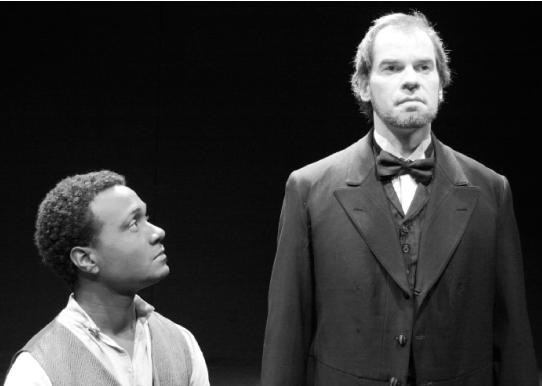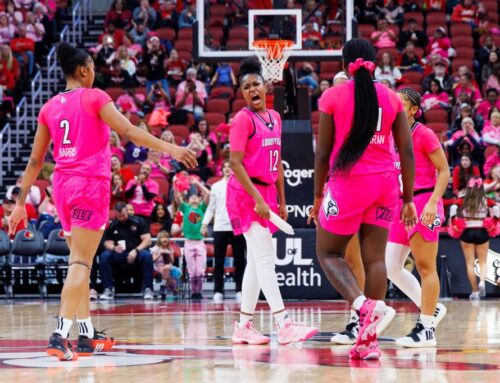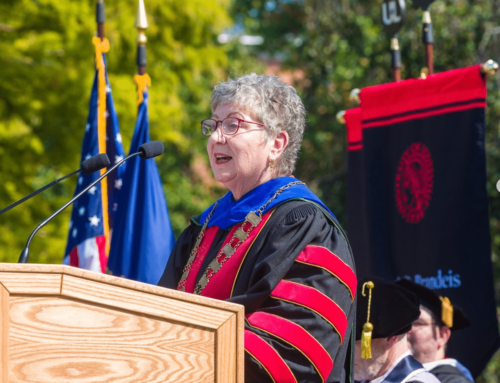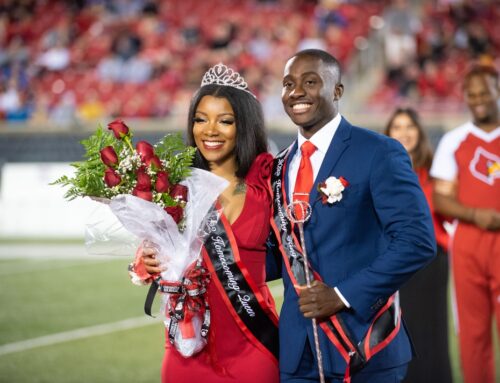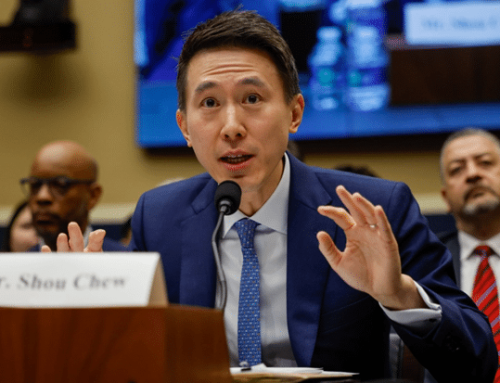Led by the African American Theatre Program and directed by Dr. Lundeana Thomas, students at the University of Louisville were given the chance to see “Abe Lincoln and Uncle Tom in the White House” this past week. The play offered audiences a step into the heart of the characters surrounding slavery and freedom.The play itself is divided up in two segments, but done so without an intermission.
The first portion is an excerpt from the book, “Uncle Tom’s Cabin” by Harriet Beecher Stowe.
The second part, “Abe Lincoln and Uncle Tom in the White House,” written by Carlyle Brown, contains the foundational message of the play.
The cast, comprised of only eight members, wonderfully depict their respective array of characters in both segments of the play.
However, the title character of Uncle Tom, portrayed by Cecil Washington Jr., remains the same throughout the entire production.
Set in 1849, the first segment of the production provides a general overview of Uncle Tom’s life and the plot he follows according to the novel. This is done to introduce the character of Uncle Tom to the audience, presented for those who have not previously read the book.
The latter portion of the play pushes the audience to the year 1862, where Abraham Lincoln sits in the Oval Office on the verge of signing the Emancipation Proclamation. In this segment, Uncle Tom enters the scene and confronts President Lincoln, played by Obadiah Ewing-Roush.
Tom and Lincoln’s meeting sparks an in-depth conversation, ranging from the nature of Stowe’s novel to the issue of emancipation.
At this point, the play takes a brilliant turn in deeply analyzing the mythologized caricatures of Lincoln and Tom.
Rather than presenting the usual, accepted image of a wise president, the audience instead is given the confused and conflicted Lincoln.
This representation remains true to history as it shows how Lincoln struggled with a war-torn nation and considered the notion of returning the slaves to Africa.
Likewise, the play confronts the depiction of a loyal slave, as originally seen in Stowe’s book. Tom himself grapples with the obedient personality of his given character and his true desire for freedom.
The exchange between Uncle Tom and Abraham Lincoln ultimately confronts several issues regarding slavery that are sometimes difficult to look back upon. Washington and Ewing-Roush carry the production high on their shoulders as they depict their characters with tremendous intensity.
It is in the first segment, however, where the most difficult scene in the play emerges. Near the end, after Uncle Tom is sold to the cruelest of masters, he is beaten in a manner that appears terrifyingly realistic to the viewers. Uneasiness was present in the audience throughout the scene, as some viewers groaned with displeasure while others drew their eyes away from the stage.
The strong response to the scene served not only as a testament to the genius direction of Dr. Thomas, but also illustrated the reluctance of many to re-examine the darkest chapter of American history.
But despite this unwillingness, it would be a disservice to those who sacrificed their lives for liberty if we didn’t look to the past, beyond the myths, and into the truth.

